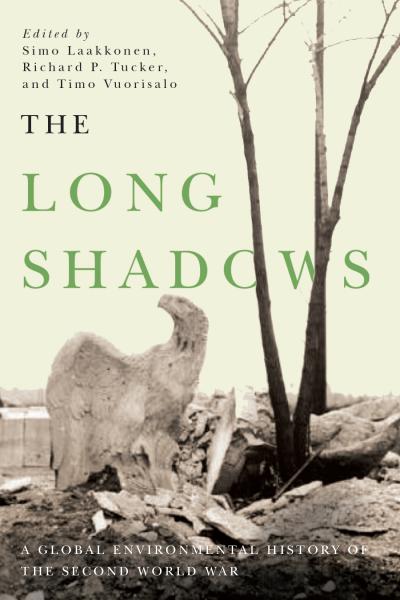
The Alternate Route
Thomas Graham Jr.
Eventual achievement of nuclear disarmament has been an objective and a dream of the world community since the dawn of the Nuclear Age. Considerable progress has been made over the decades, but this has always required close US-Russian cooperation. At present, further progress is likely blocked by the return of Vladimir Putin to the Russian presidency and the toxic US-Russia relationship.
The classic road toward nuclear disarmament appears to be closed for the foreseeable future, but there may be another route. In the last fifty years, well-conceived regional treaties have been developed in Latin America, the South Pacific, Africa, Southeast Asia, and Central Asia. These arrangements have developed for many and varied political and security reasons, but now virtually all of the Southern Hemisphere and important parts of the Northern Hemisphere are legally nuclear-weapon-free. These regional nuclear weapon disarmament treaties are formally respected by the five states recognized under the Non-Proliferation Treaty (NPT) as nuclear weapon states: the United States, the United Kingdom, Russia, France, and China—often referred to collectively as the P-5 states.
Variations of these regional treaties might eventually be negotiated in the Middle East, Northeast Asia, and South Asia, setting aside the P-5 states until the very end of the process. With regional agreements in place around the globe, negotiation among the P-5 states would be all that stands between the world community and the banishment of nuclear weapons, verifiably and effectively worldwide. By the time this point is reached, Russia and the United States might be able to cooperate.
Essential reading for policy advisors, foreign service professionals, and scholars in political science, The Alternate Route examines the possibilities of nuclear-weapon-free zones as a pathway to worldwide nuclear disarmament.
About the author
Ambassador Thomas Graham is Executive Chairman of Lightbridge Corporation, which develops new types of nuclear power fuel. In a thirty-year government career he was internationally known as one of the leading authorities in international arms control and non-proliferation. Ambassador Graham served as a senior US diplomat in every major international arms control and non-proliferation negotiation in which the United States took part from 1970 to 1997. He has taught at a number of prestigious universities and has written widely both books and articles, including Unending Crisis: National Security Policy After 9/11.
Read more about this author


